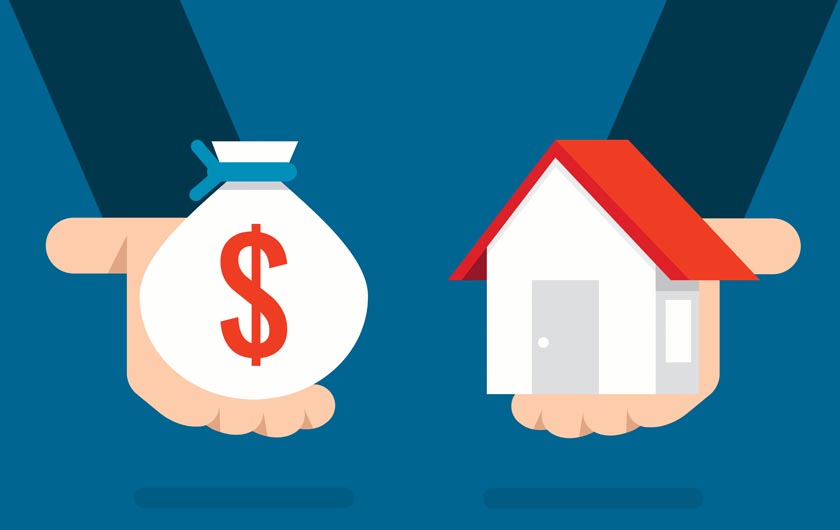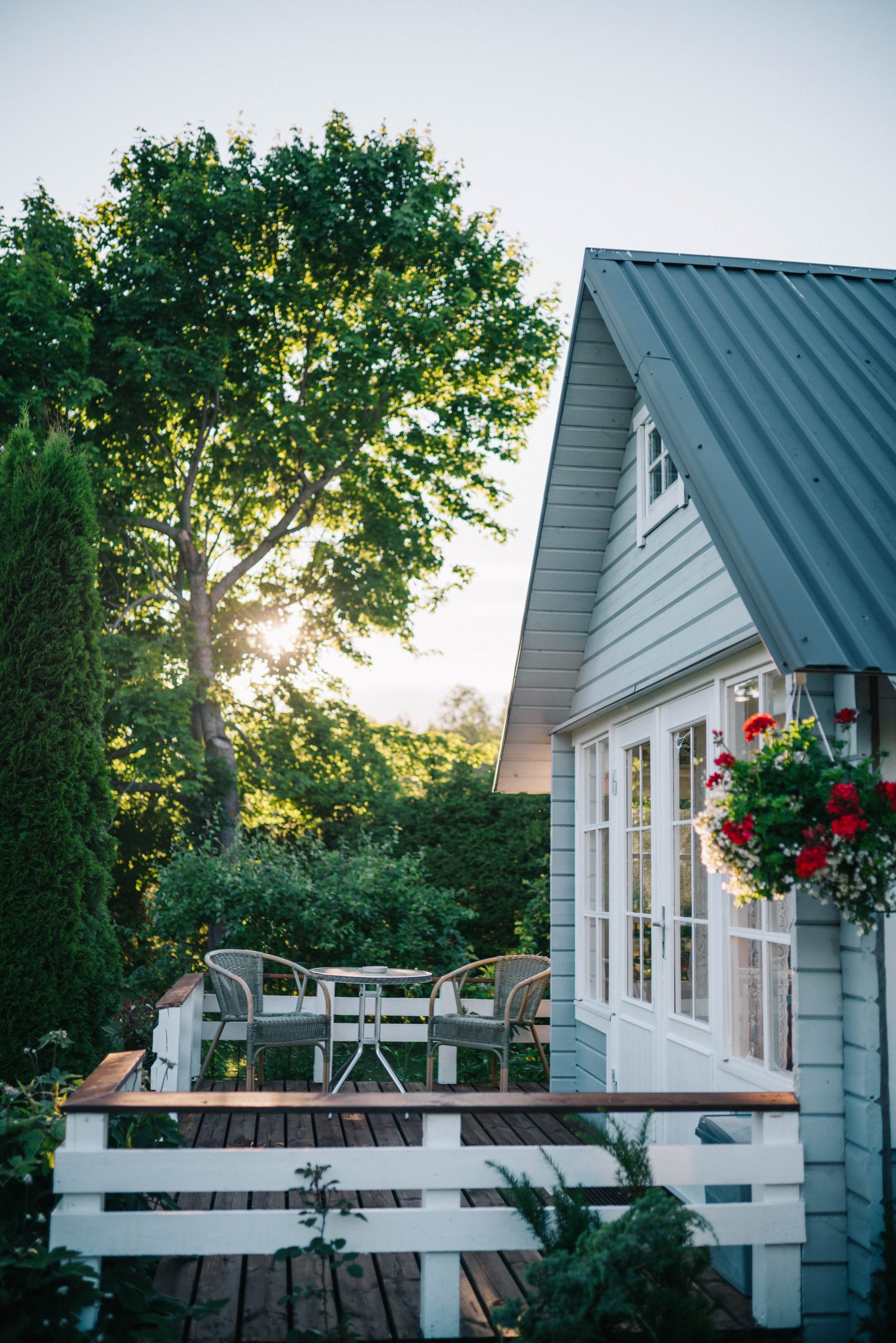Before you sign anything, remember: reverse mortgages are intended to make the lenders a profit
Illustration: iStock/Bplanet.
A popular regular feature in Good Times magazine is “Your Questions,” where Olev Edur provides answers to questions from our readers regarding their rights, personal finance, and estate planning. Here’s one on reverse mortgages.
Q. Every time I turn on the TV lately, some celebrity is doing a hard-sell commercial urging me to take out a reverse mortgage on my home and extolling the wonderful things in store for me if I just pick up the phone and call the number on the screen. It’s been my observation that if a proposition sounds too good to be true, it probably is. I’d like to get the lowdown on all this—I doubt that these reverse-mortgage people are spending millions of dollars on TV ads just to give away money.
A. Of course you’re correct in assuming that they’re not just giving money away. Like any other financial product, reverse mortgages are intended to make the lenders a profit, even if those celebrities don’t point this fact out during their spiels.
Without getting into specific numbers (they can change regularly in response to rising or falling interest rates), the way these plans work is as follows:
1) Based on an appraisal of your home, you’re given access to a certain fraction of your equity ownership interest (after deducting mortgage obligations) as a loan that is secured by the property (not unlike an ordinary mortgage or a home equity line of credit, or HELOC). The interest rate on this loan is typically higher than that for a regular mortgage or a HELOC, although as with a HELOC, interest is charged only as you begin to withdraw funds.
2) You’re guaranteed that no matter how much the interest costs mount, you’ll never have to make any repayments and you’ll never have to leave your home, even once you have used up the entire loan. However, because you’re not paying down the outstanding balance regularly, it will compound over the years and rise faster and faster as the interest accumulates. Recognizing this, the lenders will authorize a loan fraction sufficiently small that, according to their actuarial tables, it will never grow (or shouldn’t, anyway) to exceed the equity value in your home.
3) You end up paying not only interest on the loan, but interest on that growing interest, and at a premium rate. You’ll have to pay significant administrative and other fees at the outset, the net result being that any remaining ownership interest can melt away quickly. So if, for example, you have heirs to whom you want to leave something, they could end up being sorely disappointed if the lender ends up owning the property outright.
If you don’t have any intended beneficiaries, then the loss of your home isn’t necessarily a problem. But if you do, and were able to get a mortgage—or a HELOC (using part of the proceeds to make regular interest-only payments)—you’d end up paying much less interest, given the lower rate and the regular repayments, and the fees on a HELOC would be much lower, so there would be far more house value remaining at the end of the road.
The problem for many retirees, though, as discussed in more detail in “The Facts About Reverse Mortgages” (an article that appeared in the May 2018 issue; you’ll find it on goodtimes.ca), is that because they no longer have a substantial steady income from work, they may no longer qualify for a mortgage or HELOC, or at least not one of any significant size. As a result, a reverse mortgage may be the only game in town for some retirees who want extra cash but don’t want to leave their homes.
The financial advisors cited in our May article unanimously gave the nod to HELOCs over reverse mortgages whenever possible, and recommended reverse mortgages only as a last resort for those with no other credit options, or for those who really don’t care about preserving their home ownership stakes.
Incidentally, according to data from the lenders themselves, most reverse-mortgage buyers use these plans as a bridge financing tool rather than a long-term solution. Many reverse-mortgage buyers discharge the debt—that is, sell their homes
—within five years. They just want access to some extra cash until they’re ready to sell, at which point, because they’ve not yet accumulated too much interest debt, they still have a sizable nest egg left from the proceeds of the sale. Still not the best choice, but if you have no alternative….






